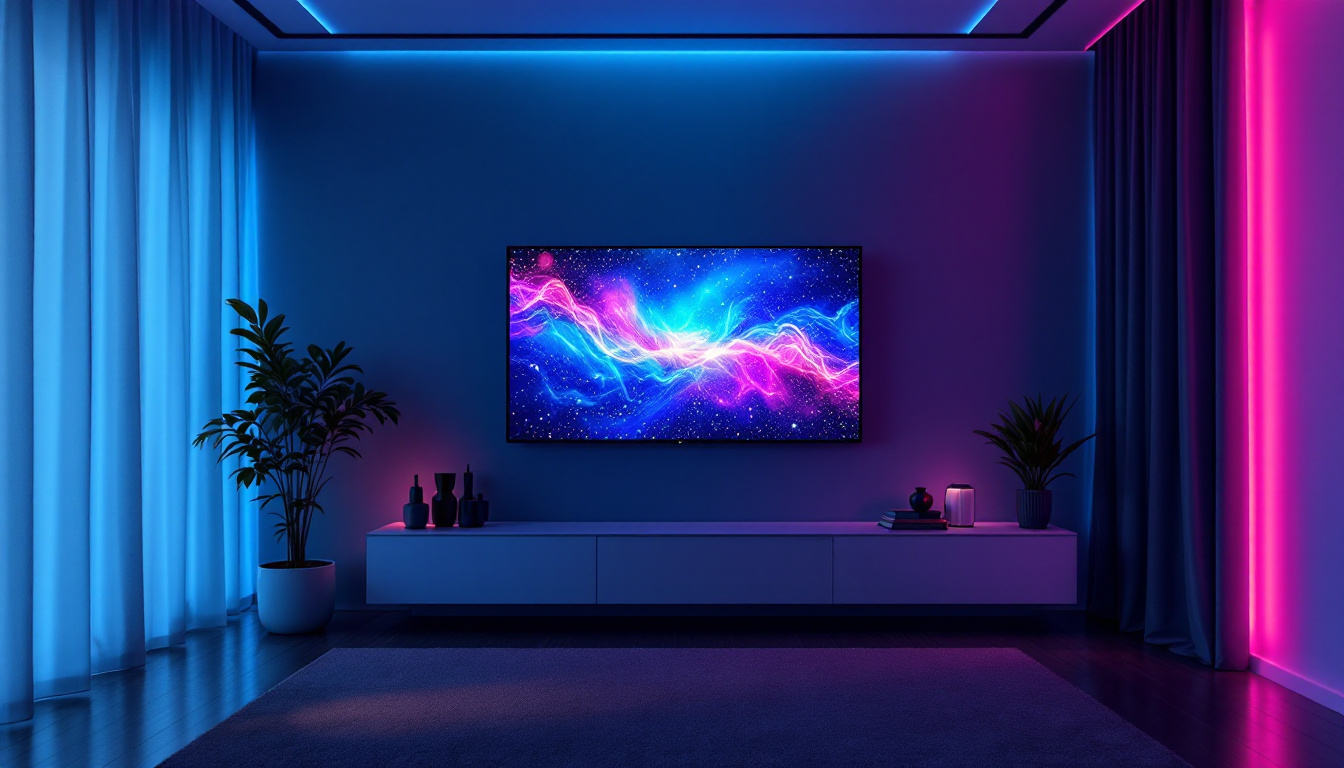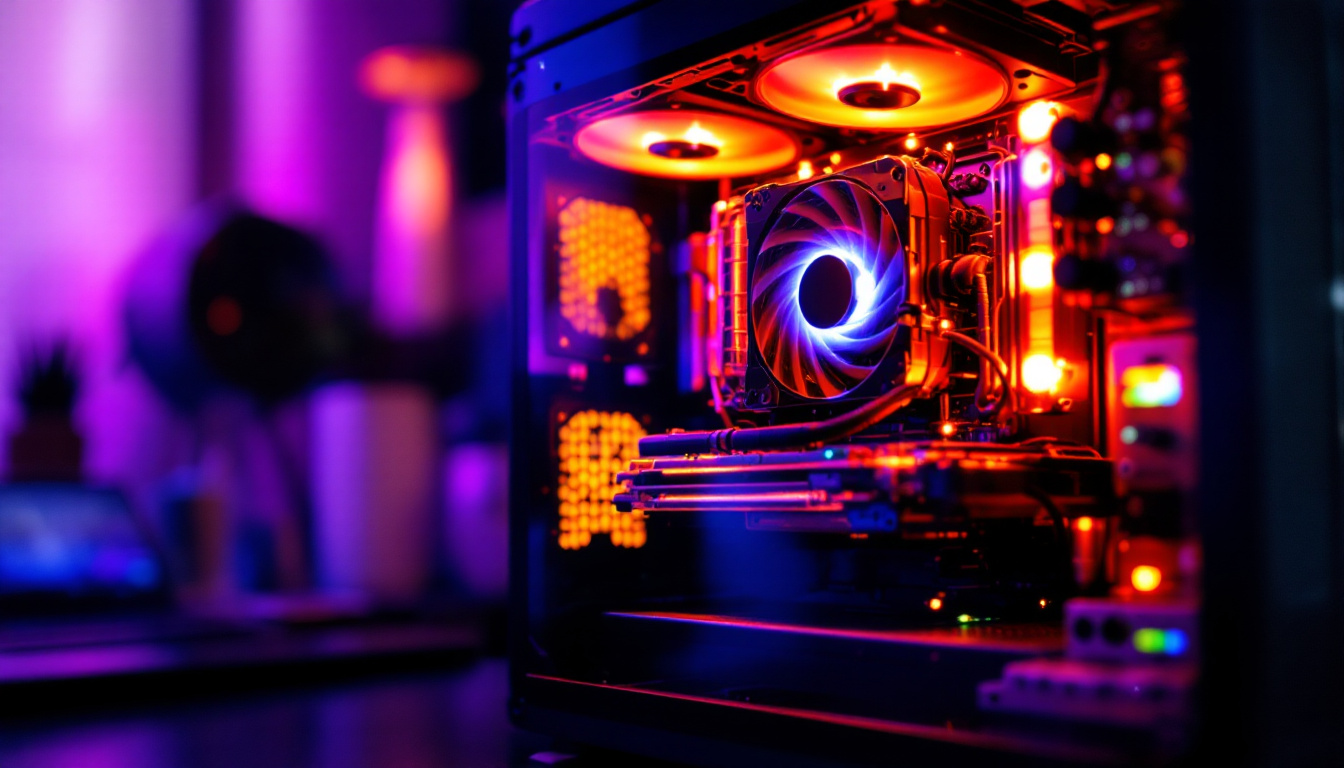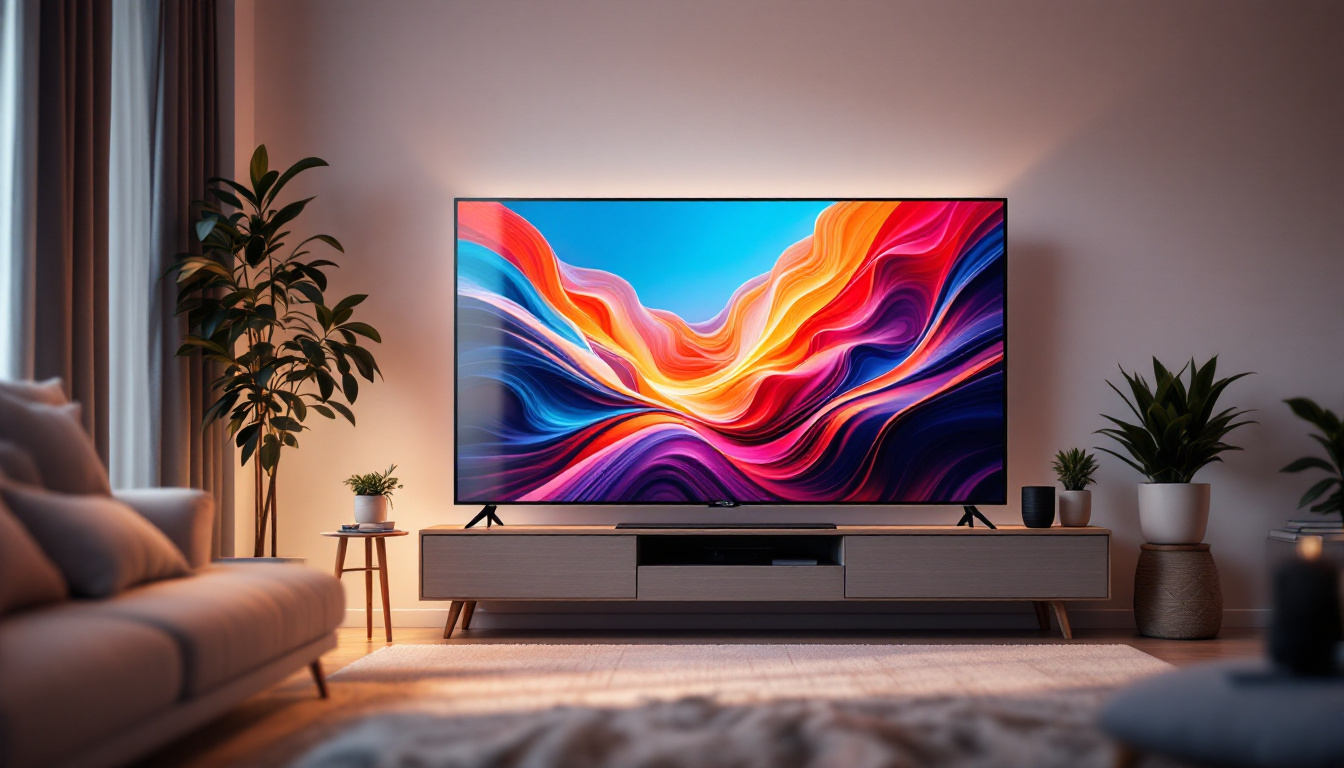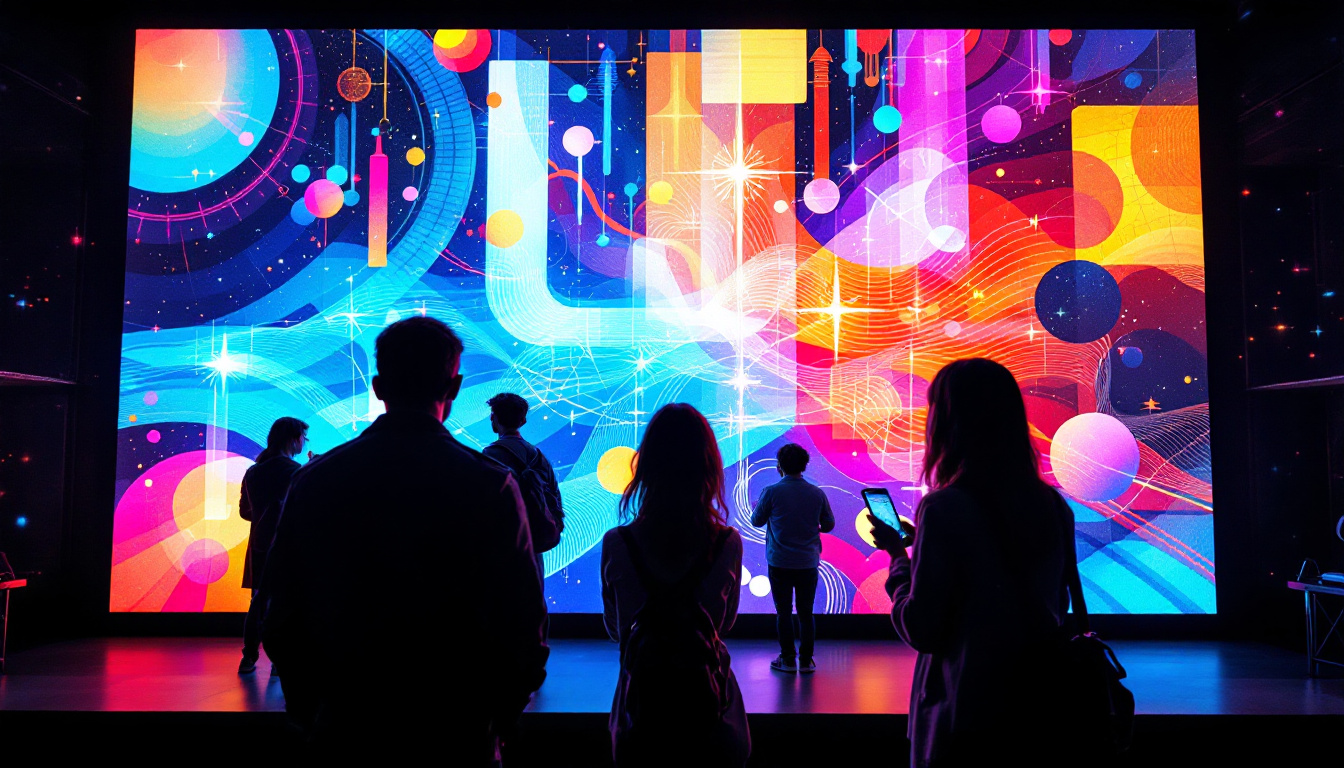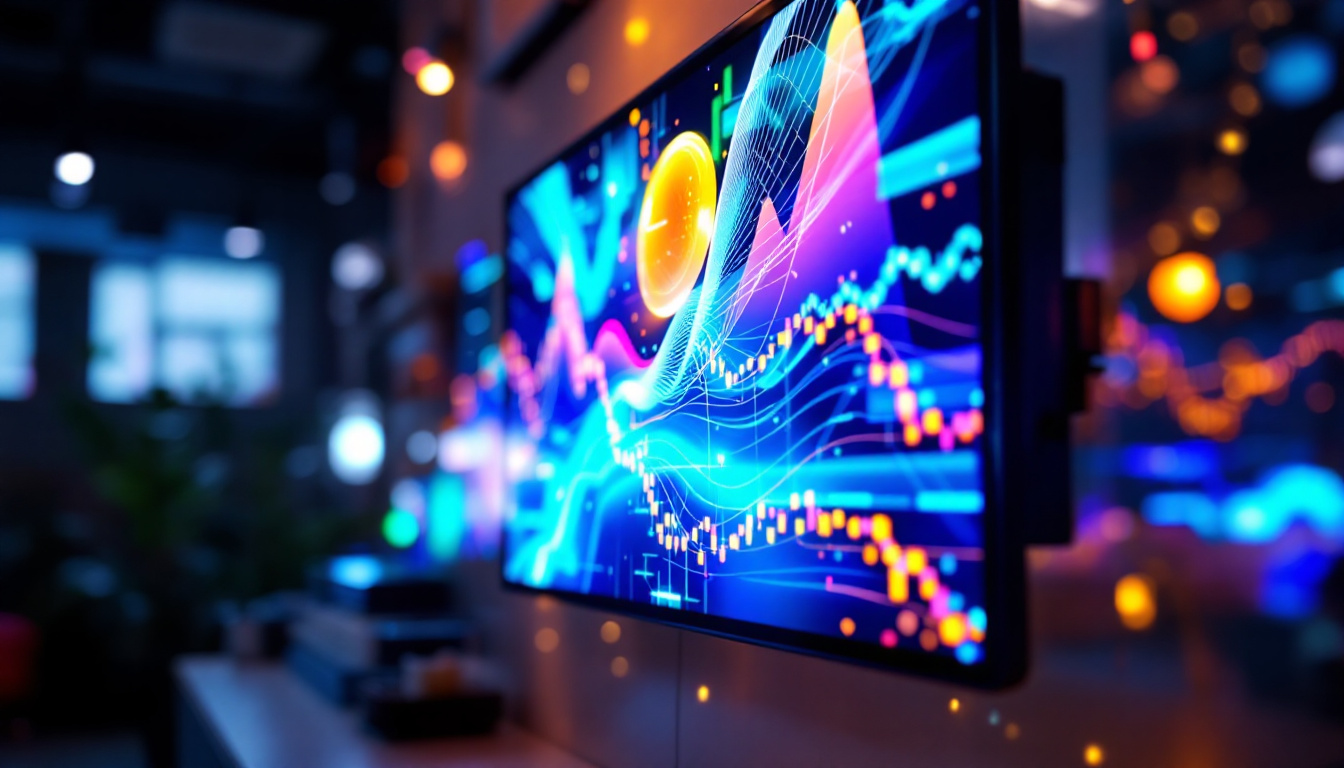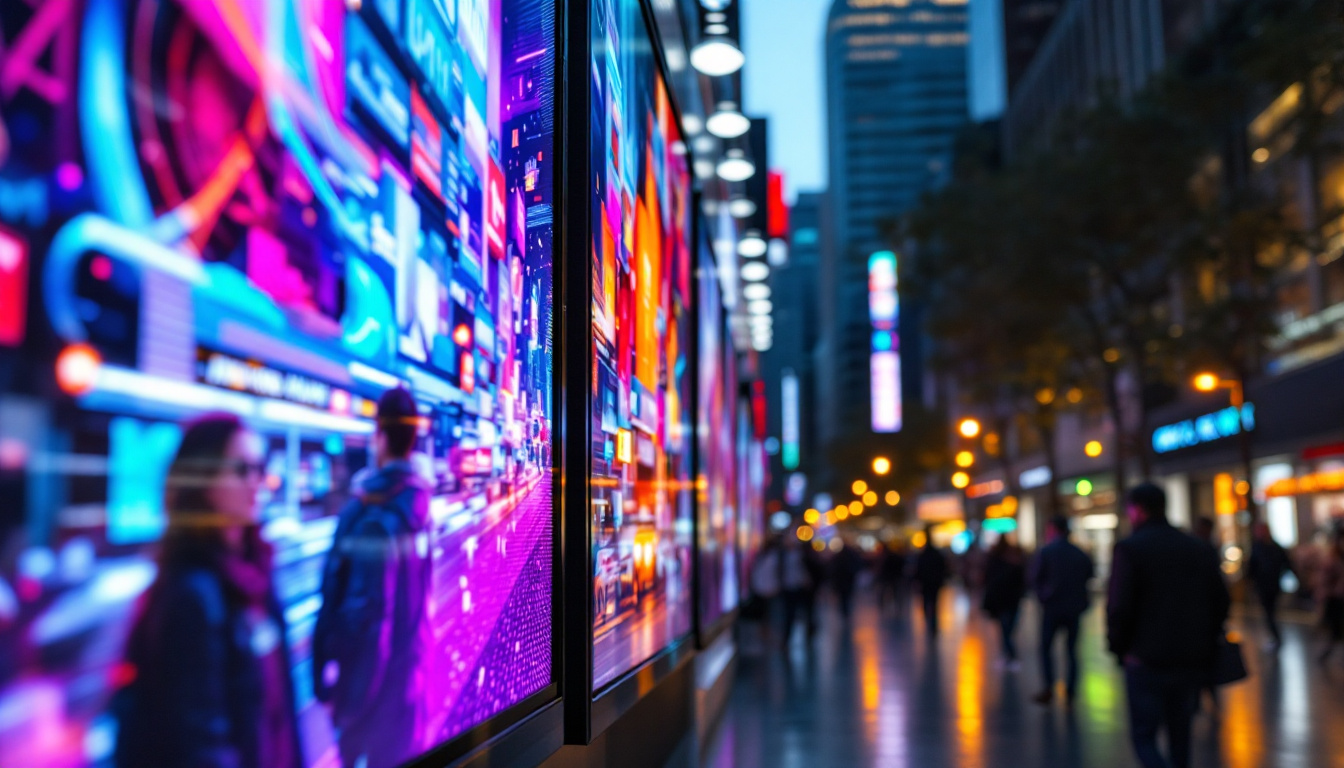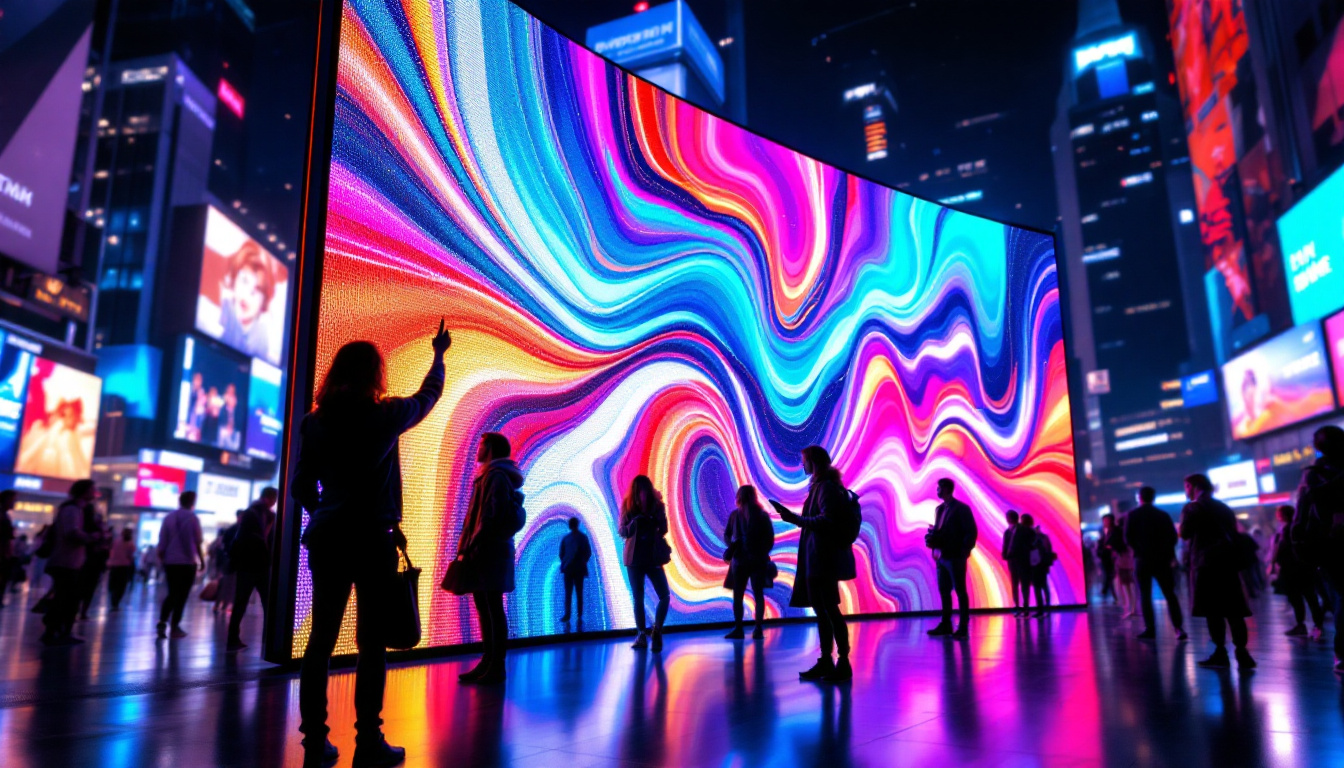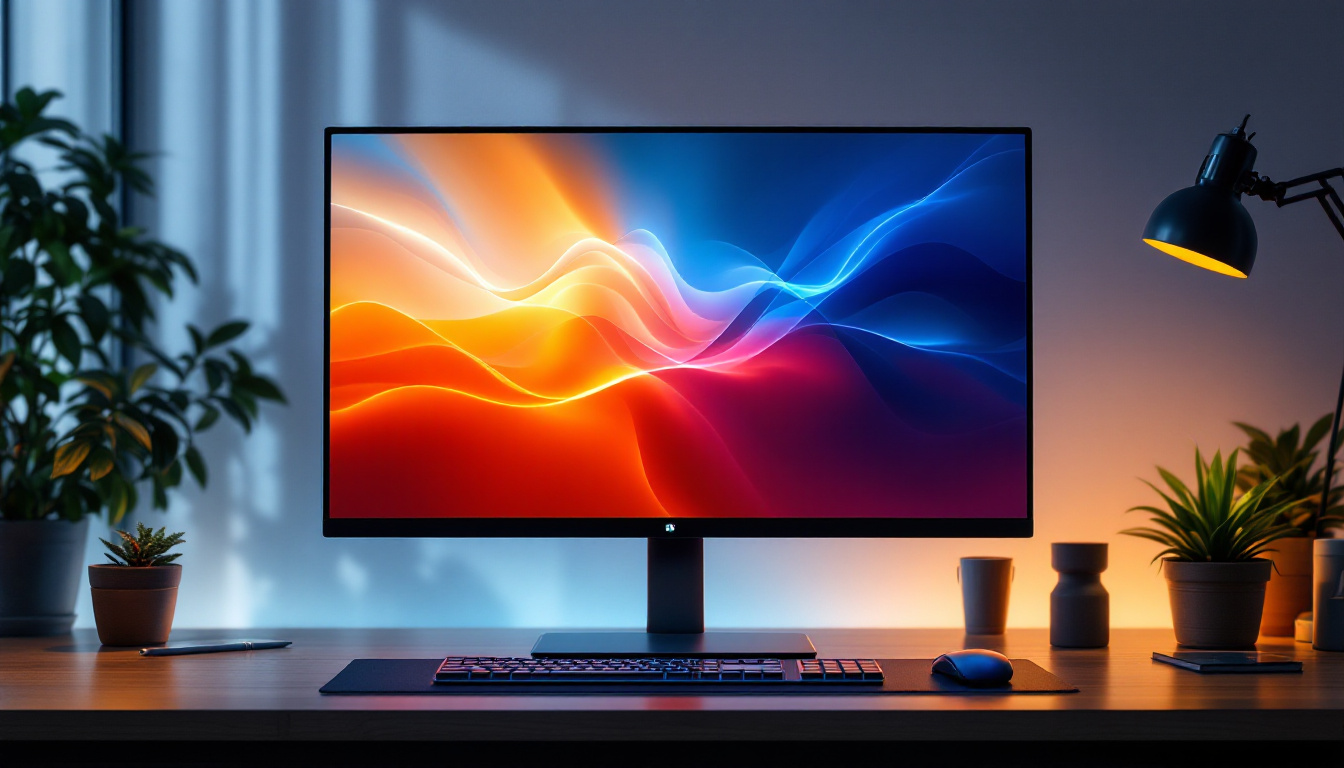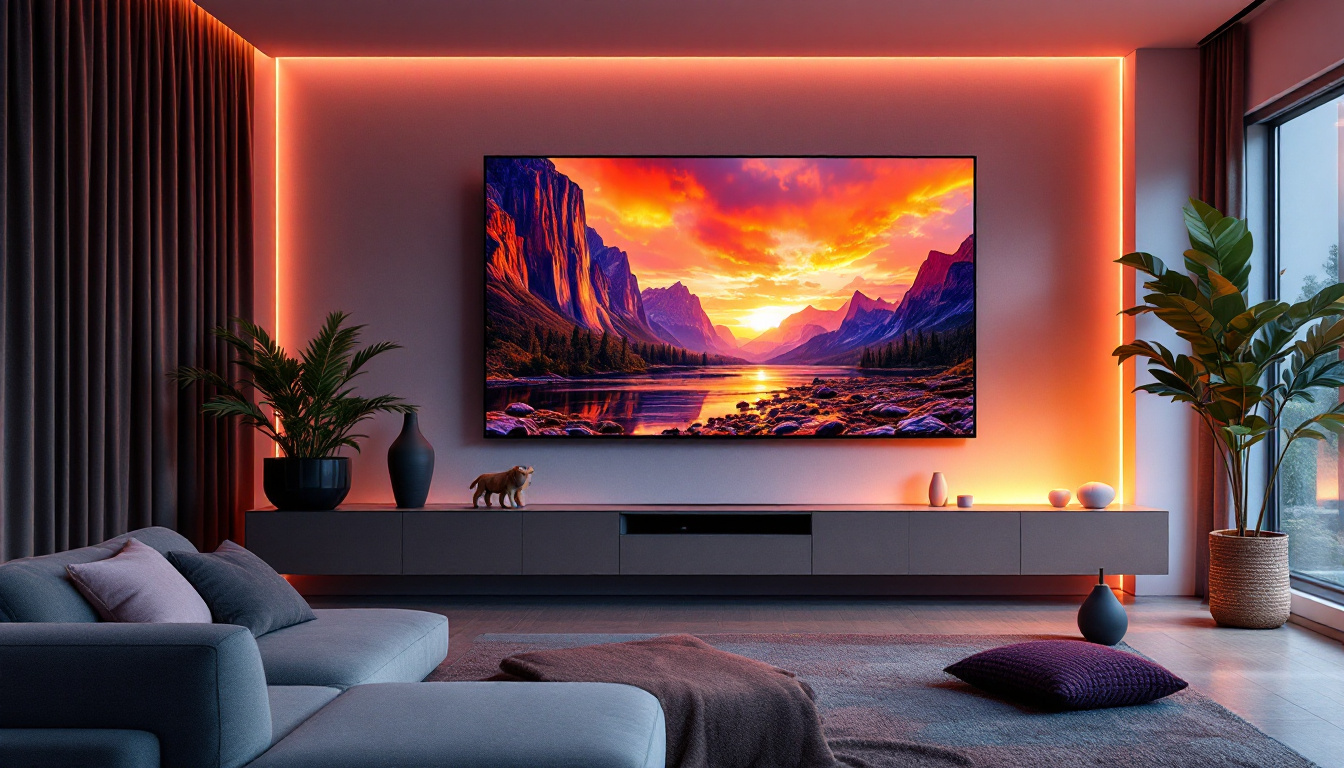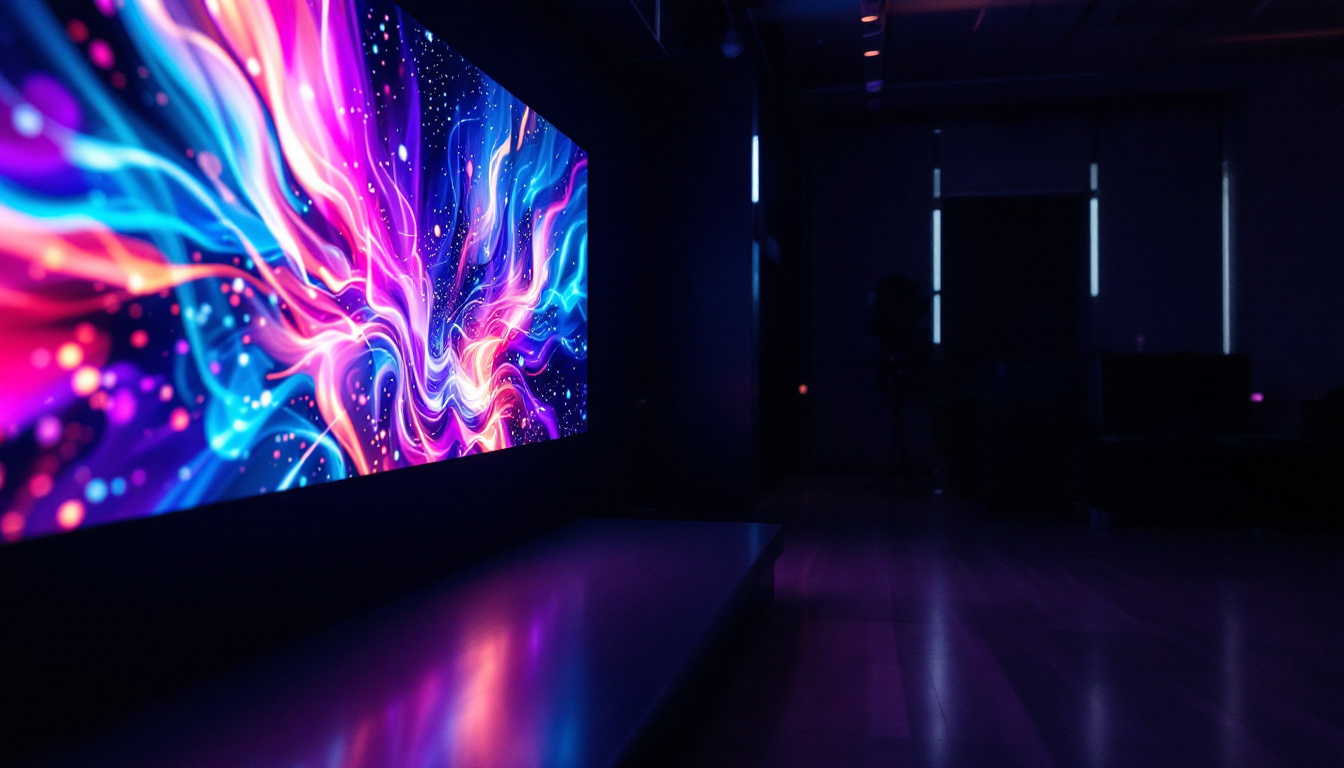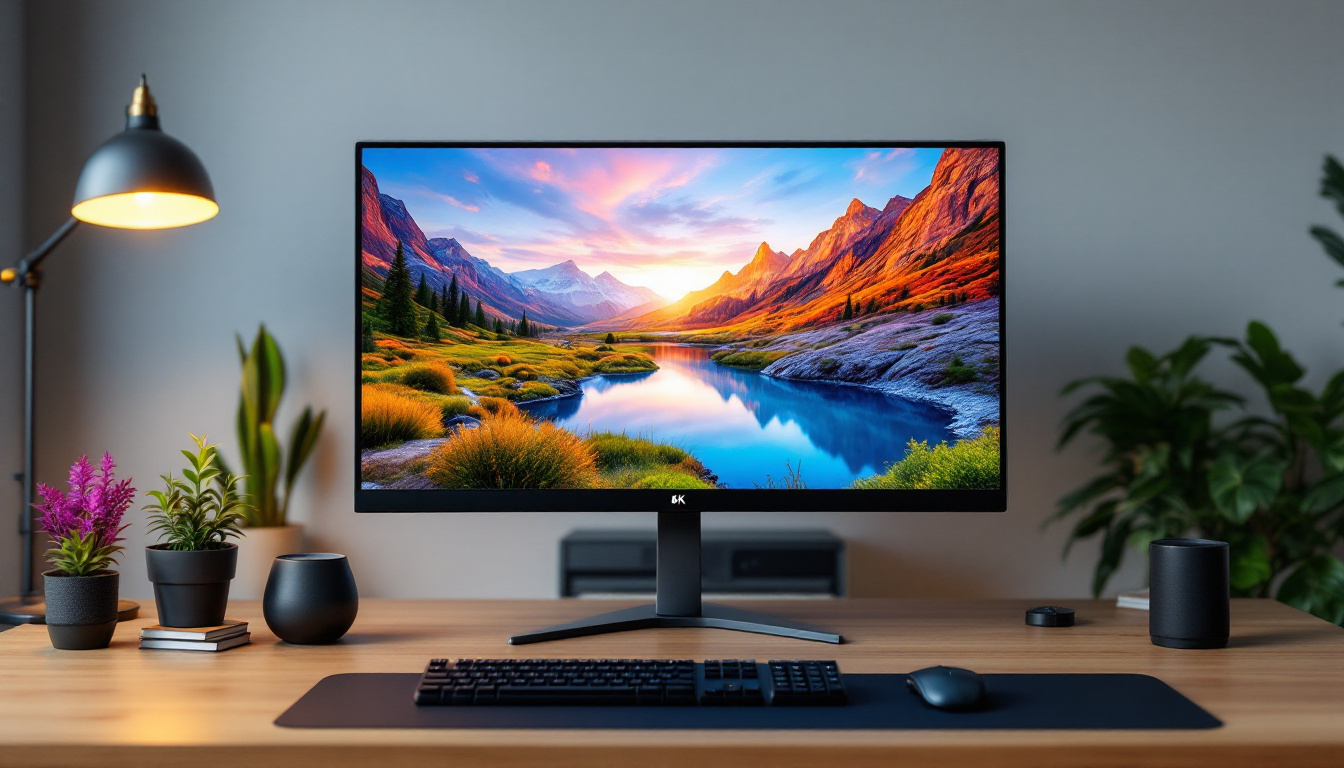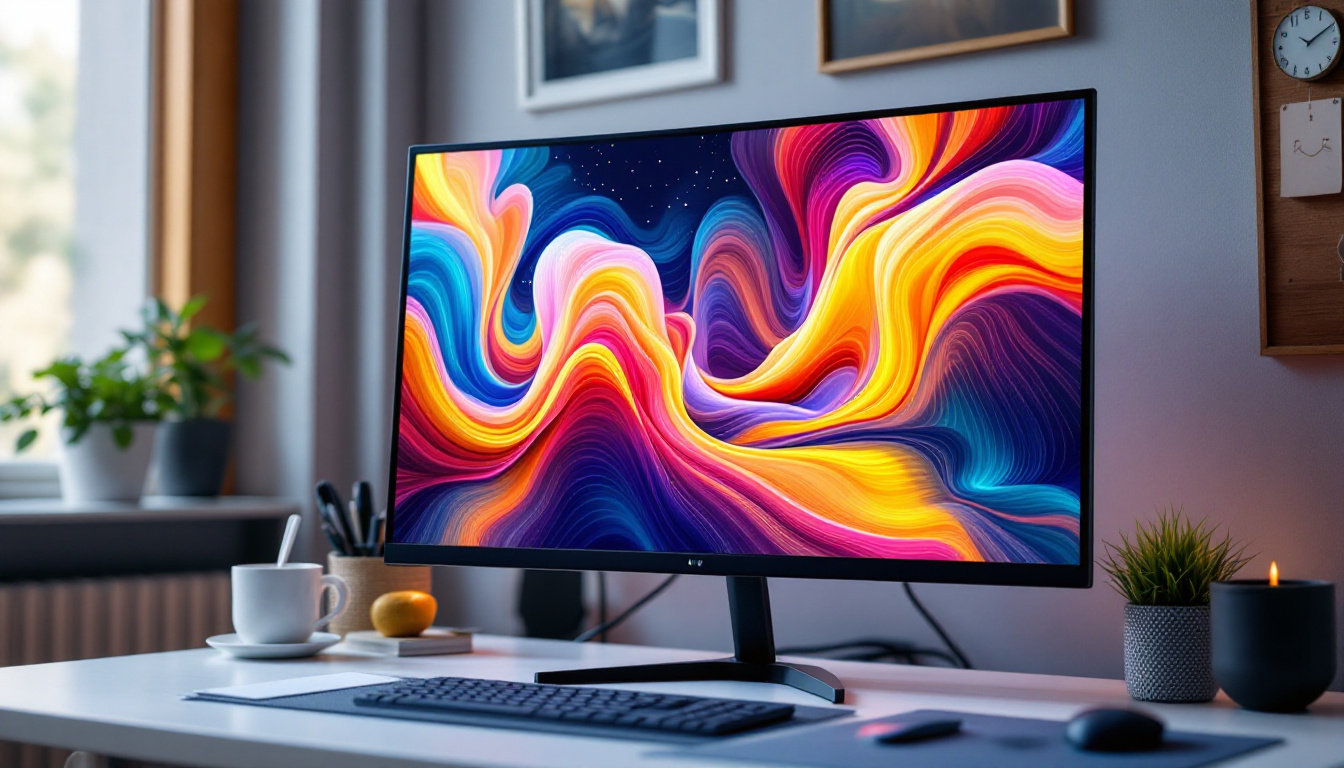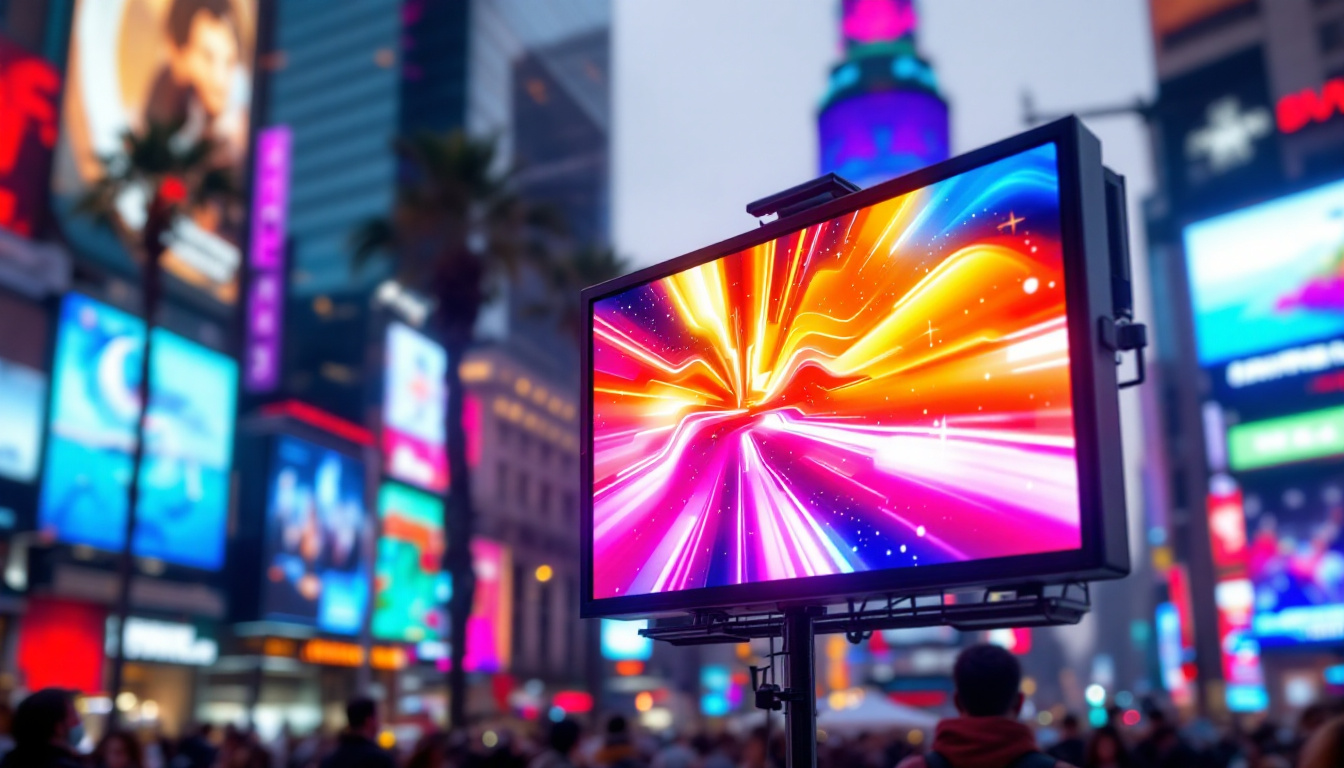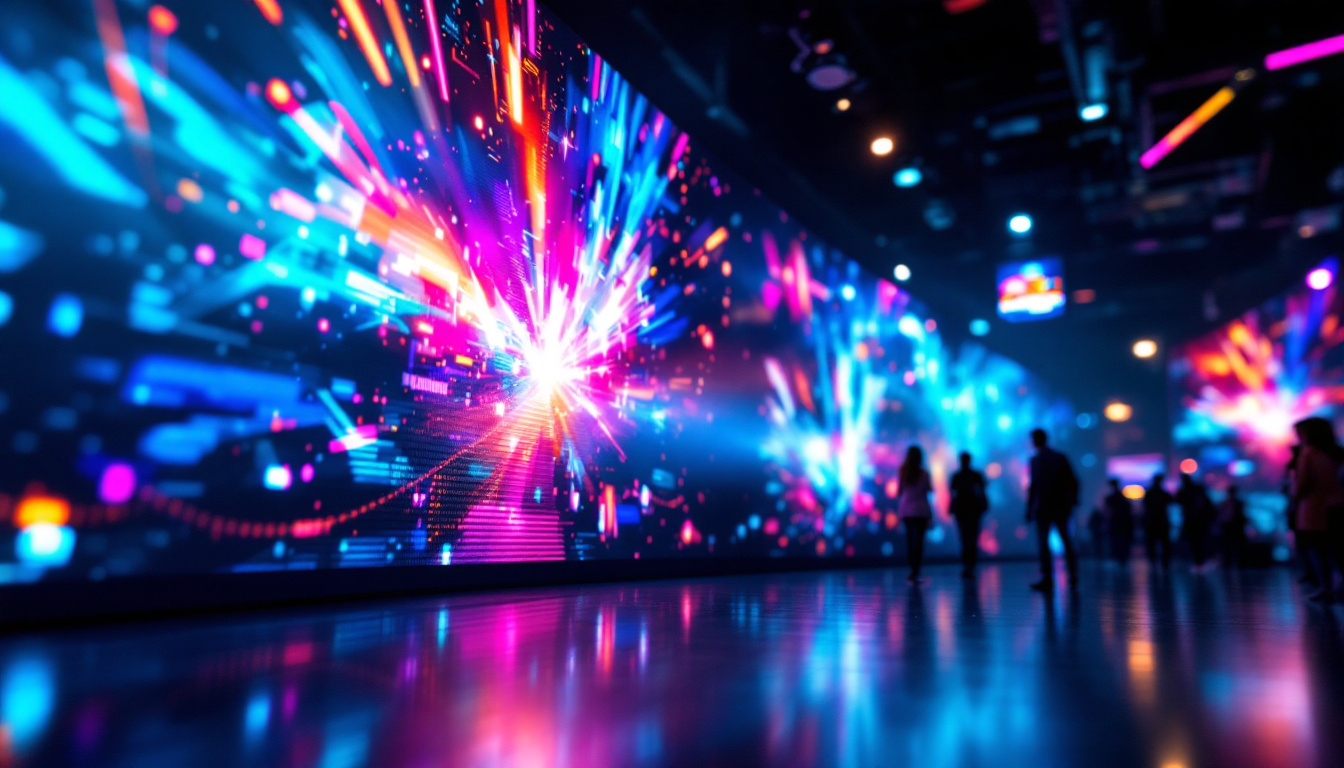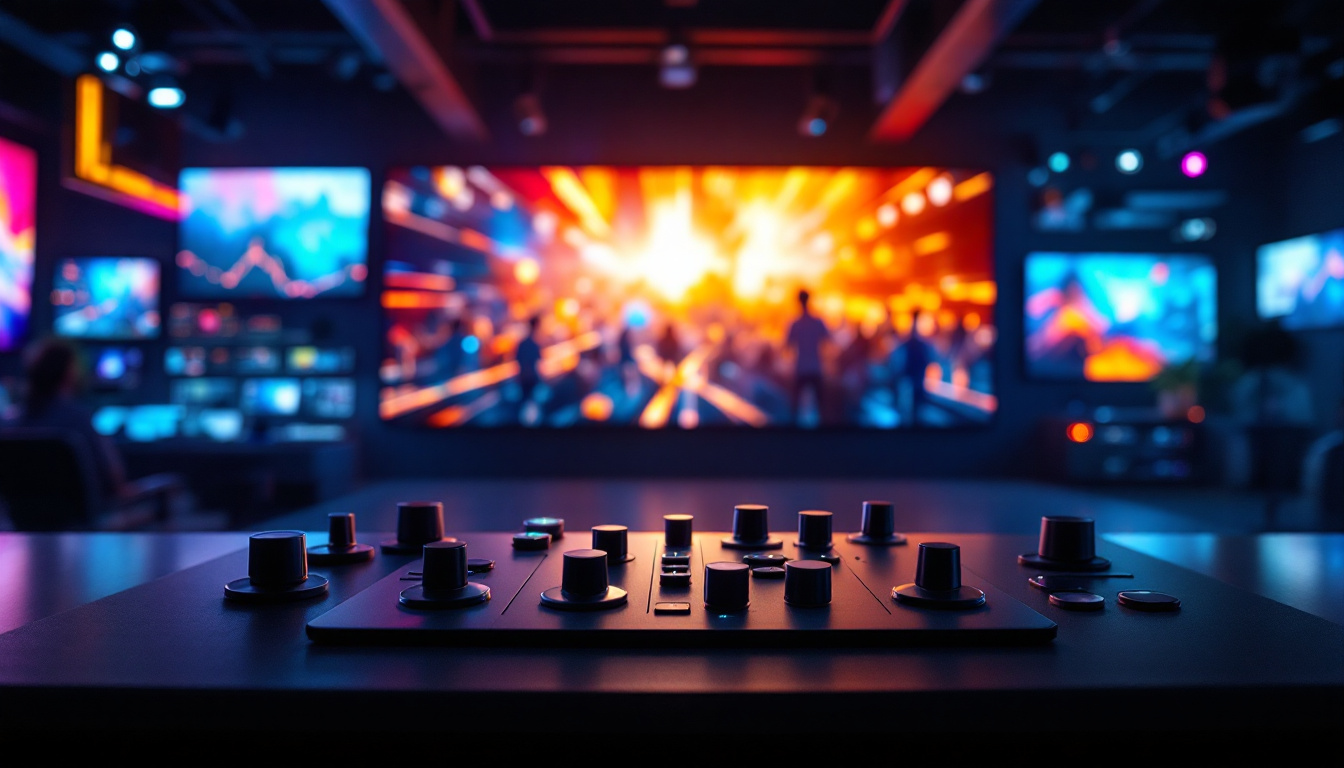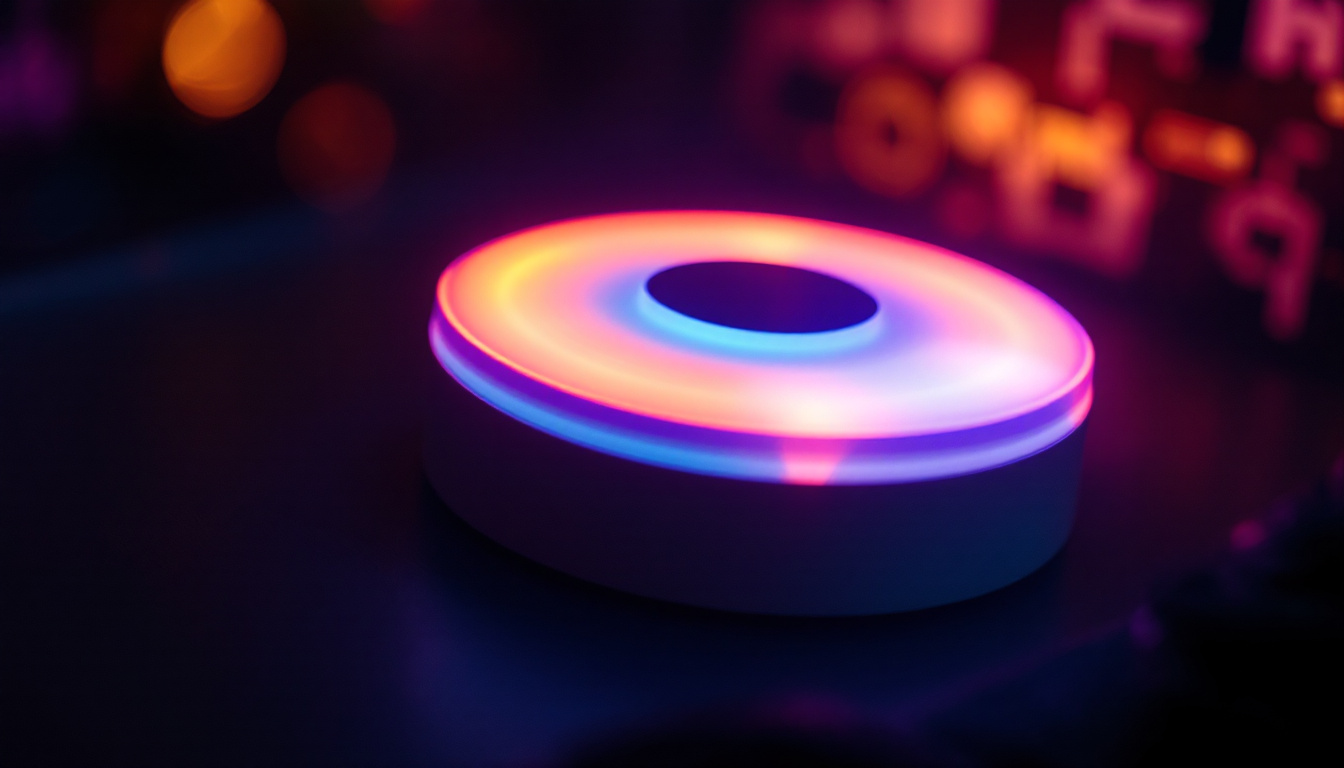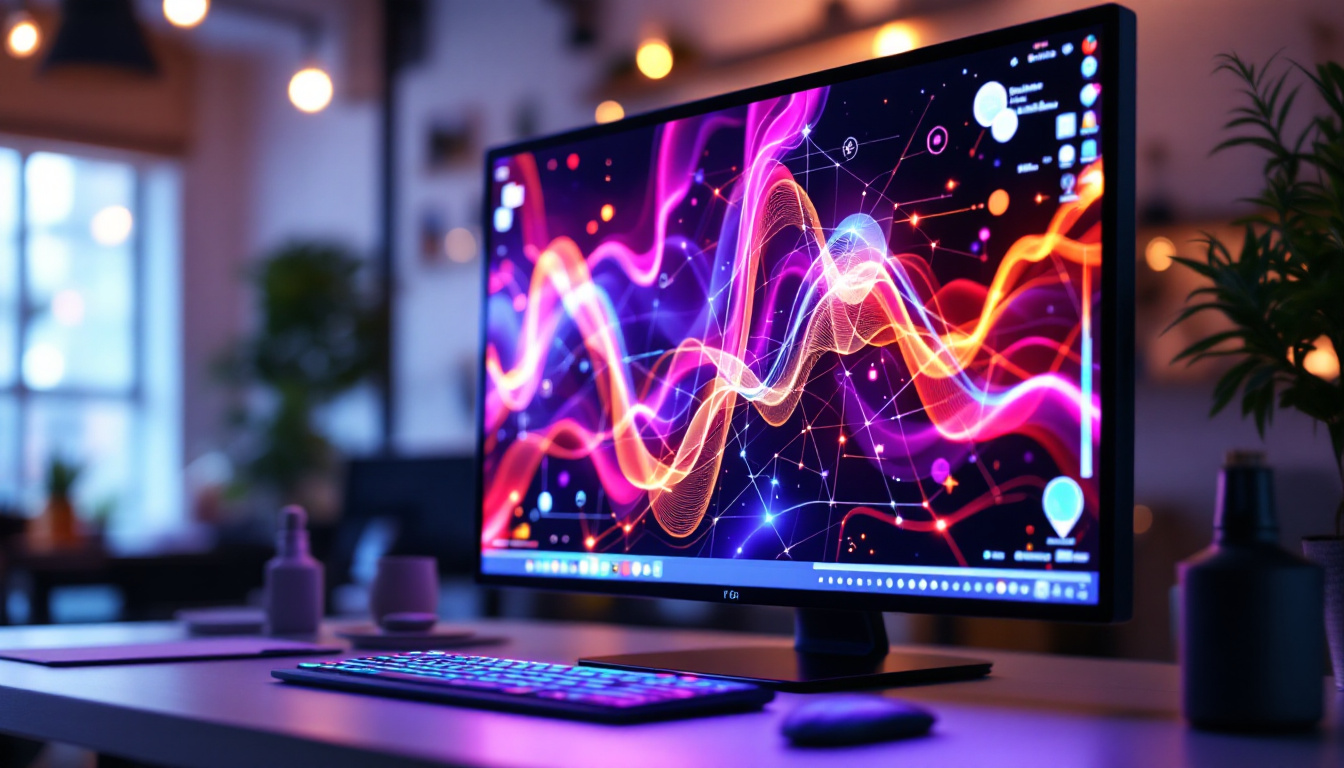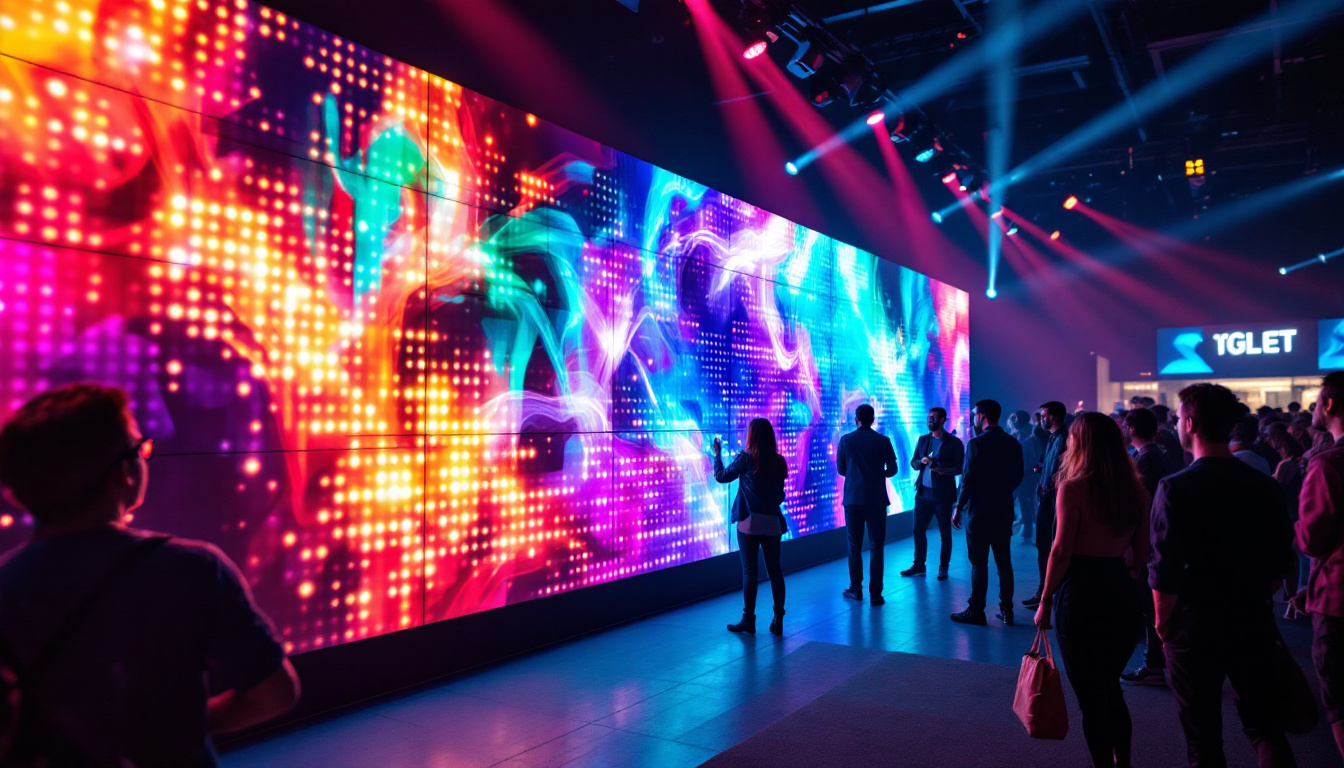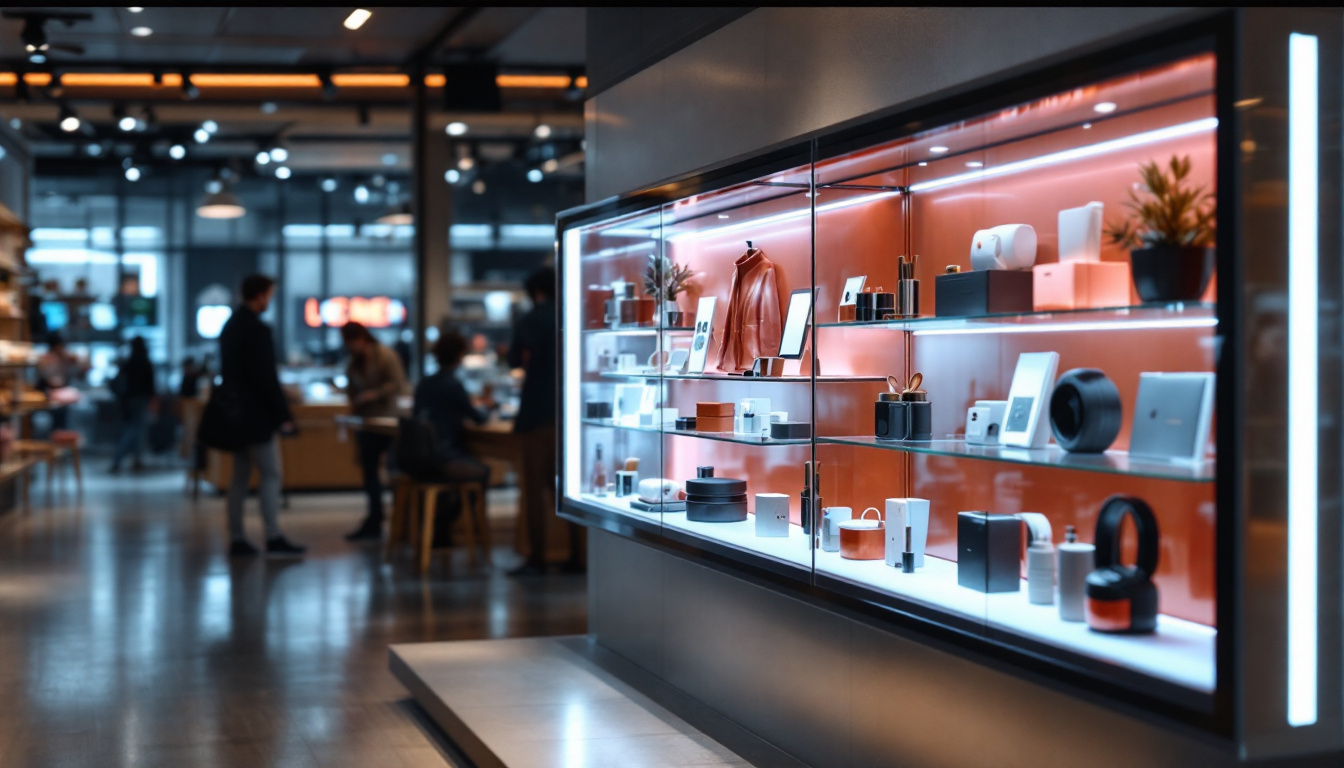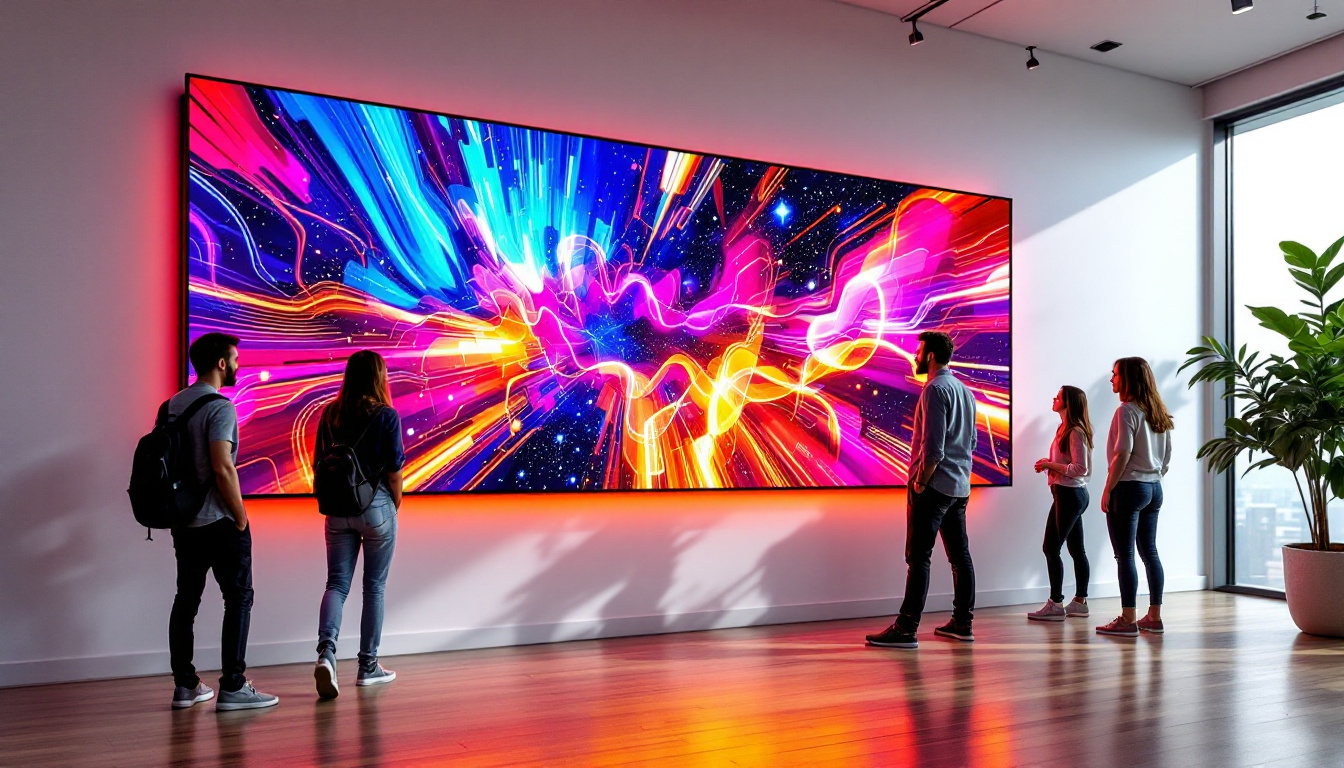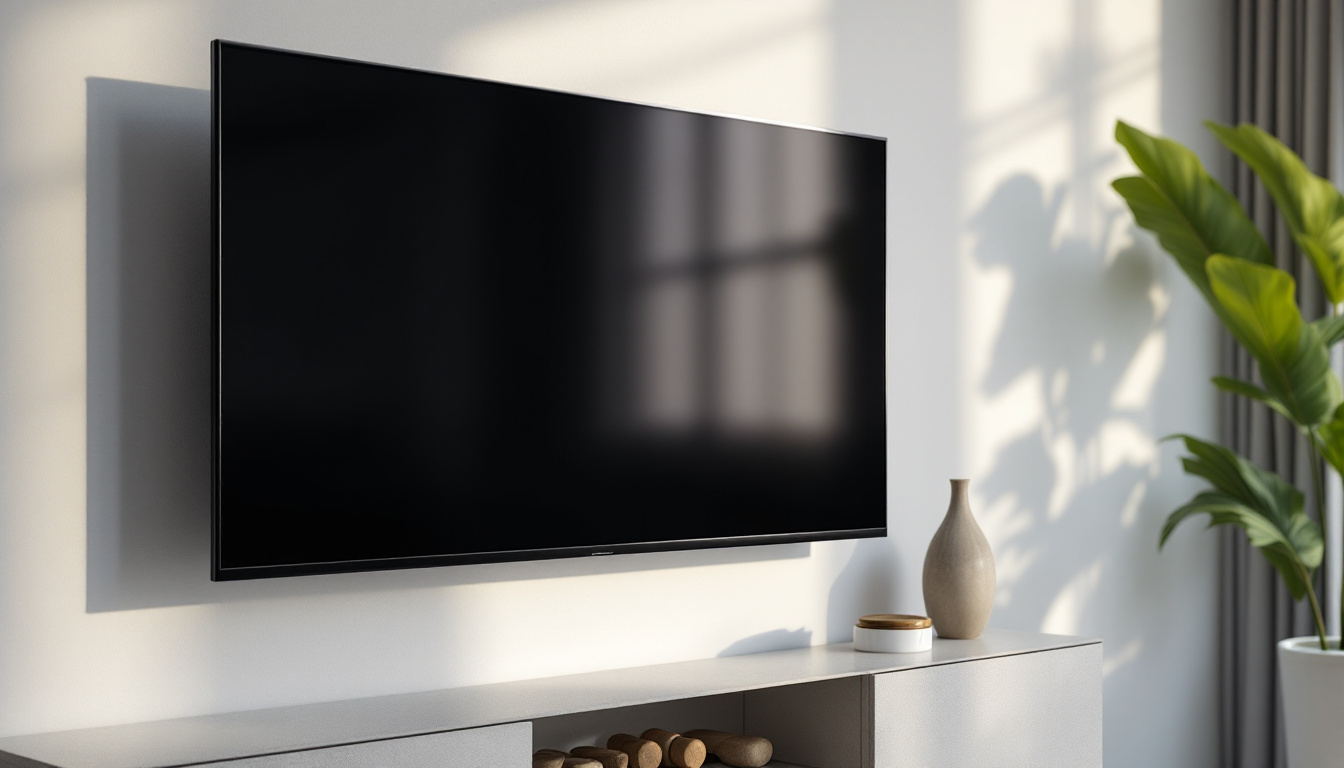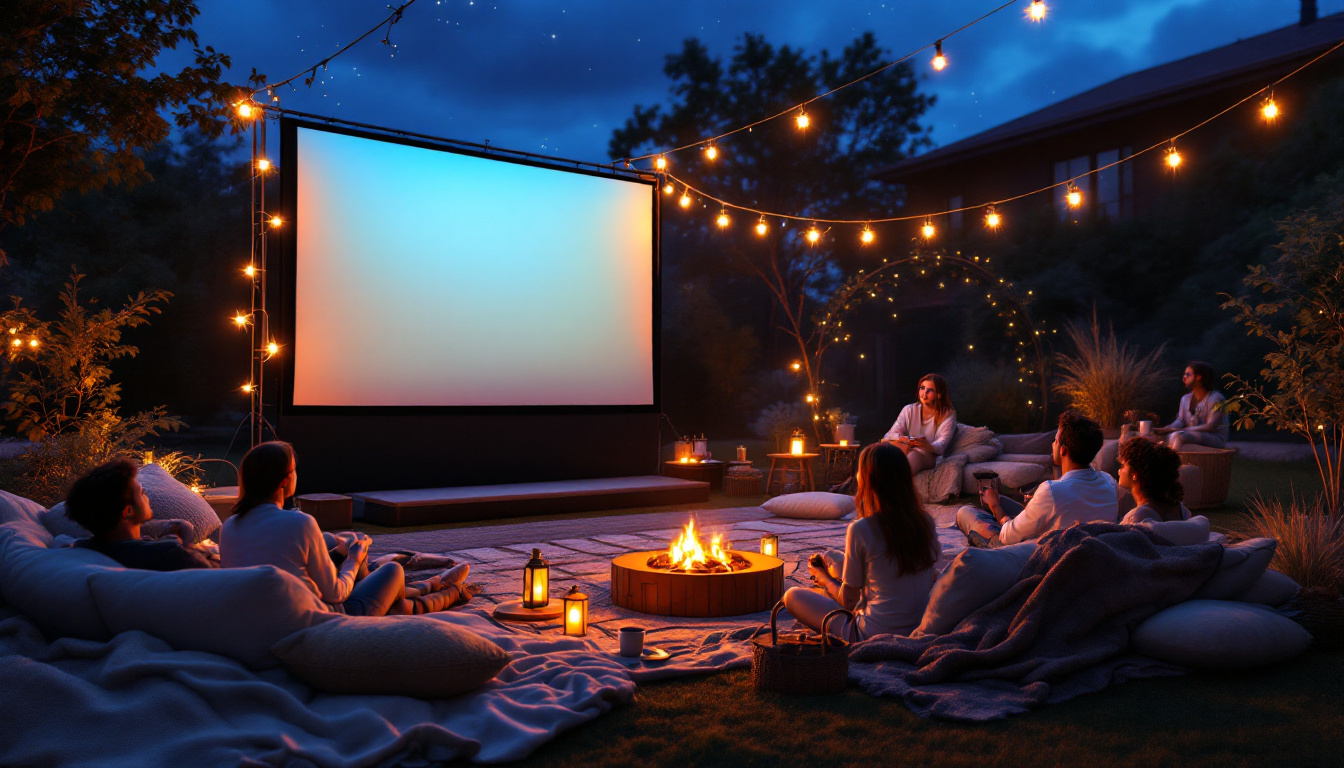In today’s technologically advanced world, the integration of LED displays into room control systems has revolutionized the way we interact with our environments. From smart homes to corporate offices, LED displays serve as vital components that enhance user experience and streamline operations. This article delves into the intricacies of LED displays in room control systems, exploring their functionality, benefits, and the future of this technology.
Understanding LED Displays
LED (Light Emitting Diode) displays are a type of flat panel display that utilizes LEDs as a light source. Unlike traditional LCD screens, which rely on backlighting, LED displays emit light directly from the diodes, resulting in brighter images and more vibrant colors. This technology has become increasingly popular in various applications, including televisions, computer monitors, and, notably, room control systems. The versatility of LED displays has led to their adoption in outdoor advertising, digital signage, and even in artistic installations, where dynamic visuals can captivate audiences in ways that static displays cannot.
How LED Displays Work
The operation of LED displays is based on the principle of electroluminescence. When an electric current passes through a semiconductor material, it emits light. This process allows for the creation of images by controlling the intensity and color of the emitted light. LED displays can be categorized into different types, including:
- RGB LED Displays: These displays use red, green, and blue diodes to create a full spectrum of colors.
- OLED Displays: Organic LEDs offer improved contrast and color accuracy by using organic compounds that emit light.
- Mini-LED and Micro-LED Displays: These advanced technologies provide enhanced brightness and energy efficiency.
Furthermore, the development of LED technology has led to innovations such as flexible displays, which can be bent or shaped to fit unconventional spaces, and transparent displays, which allow for the integration of visual information into everyday environments without obstructing views. These advancements are paving the way for new user experiences in both commercial and residential settings.
Key Features of LED Displays
LED displays come with a range of features that make them suitable for room control applications. Some of the most notable features include:
- High Brightness: LED displays can produce bright images even in well-lit environments, making them ideal for various settings.
- Energy Efficiency: Compared to traditional display technologies, LED displays consume less power, contributing to lower operational costs.
- Longevity: LED technology boasts a longer lifespan, reducing the need for frequent replacements.
In addition to these features, LED displays are known for their rapid response times, which are crucial for applications requiring real-time updates, such as stock tickers or live event broadcasting. The ability to display high refresh rates ensures that motion graphics appear smooth and fluid, enhancing the overall viewing experience. Moreover, many LED displays now come equipped with smart technology, allowing for seamless integration with other devices and systems, thus enabling users to control their environment more intuitively and efficiently.
The Role of LED Displays in Room Control Systems
Room control systems are designed to manage various aspects of a room’s environment, including lighting, temperature, and multimedia presentations. LED displays play a crucial role in these systems by providing real-time information and facilitating user interaction.
User Interface and Interaction
One of the primary functions of LED displays in room control systems is to serve as user interfaces. These displays can show essential information such as room occupancy, temperature settings, and lighting controls. By providing a visual representation of the system’s status, users can easily monitor and adjust settings as needed.
Moreover, many room control systems incorporate touch-sensitive LED displays, allowing users to interact directly with the interface. This feature enhances user experience by providing an intuitive way to manage the environment. For instance, in a conference room, participants can adjust lighting and presentation settings with a simple touch. The incorporation of customizable interfaces also allows users to tailor the display to their preferences, showcasing pertinent information and controls that are most relevant to their specific needs, thereby streamlining the overall experience.
Real-Time Monitoring and Feedback
Another significant advantage of LED displays in room control systems is their ability to provide real-time monitoring and feedback. This capability is particularly beneficial in smart homes and corporate environments, where users can track energy consumption, room conditions, and system performance.
For example, an LED display can show energy usage statistics, helping users make informed decisions about their consumption habits. Additionally, alerts and notifications can be displayed, prompting users to take action when necessary, such as adjusting the thermostat or turning off unused lights. This proactive approach not only contributes to energy efficiency but also enhances user comfort by ensuring that the environment is always optimized for their needs. Furthermore, with the integration of IoT technology, these displays can communicate with other smart devices, allowing for seamless automation of tasks like dimming lights when a presentation begins or adjusting the temperature based on the number of occupants in the room, thereby creating a truly responsive and intelligent environment.
Benefits of Integrating LED Displays in Room Control
The integration of LED displays into room control systems offers numerous benefits that enhance both functionality and user experience. These advantages make LED displays an indispensable component in modern environments.
Enhanced Aesthetics
LED displays contribute significantly to the aesthetics of a room. Their sleek design and vibrant colors can elevate the overall ambiance, making spaces more inviting and engaging. In corporate settings, well-designed LED displays can also reinforce brand identity and professionalism.
Furthermore, LED displays can be customized to match the decor of a room, allowing for seamless integration into various environments. Whether in a home theater, a conference room, or a retail space, the visual appeal of LED displays can enhance the overall experience for users and visitors alike.
Improved Functionality
Functionality is another critical benefit of LED displays in room control systems. With the ability to display multiple types of information simultaneously, these displays can streamline operations and improve efficiency. For instance, in a smart home, an LED display can show the status of various devices, allowing users to control everything from lighting to security systems from a single interface.
In corporate environments, LED displays can facilitate presentations and meetings by providing clear visuals and easy access to multimedia content. This capability enhances collaboration and communication among team members, ultimately leading to more productive meetings.
Challenges and Considerations
While the benefits of LED displays in room control systems are significant, there are also challenges and considerations that must be addressed. Understanding these factors is crucial for successful implementation.
Cost Implications
The initial investment in LED display technology can be substantial. High-quality LED displays, especially those with advanced features such as touch sensitivity and high resolution, tend to be more expensive than traditional display options. Organizations must weigh the long-term benefits against the upfront costs to determine if the investment is justified.
However, it is essential to consider the potential savings in energy consumption and maintenance costs over time. As LED technology continues to evolve, prices are expected to decrease, making it a more accessible option for various applications.
Technical Compatibility
Another challenge lies in ensuring technical compatibility between LED displays and existing room control systems. Integrating new technology into established systems can sometimes lead to compatibility issues, requiring additional resources for troubleshooting and adjustments.
To mitigate this challenge, it is advisable to work with experienced professionals who can assess the current infrastructure and recommend suitable LED display solutions. Proper planning and execution can lead to a seamless integration process.
The Future of LED Displays in Room Control
The future of LED displays in room control systems looks promising, driven by ongoing advancements in technology and increasing demand for smart solutions. As the Internet of Things (IoT) continues to expand, LED displays will play an even more significant role in creating interconnected environments.
Integration with IoT and Smart Technologies
As smart home and office technologies evolve, LED displays will increasingly serve as central hubs for controlling various devices. Integration with IoT will allow LED displays to communicate with other smart devices, enabling users to manage their environments more efficiently.
For instance, an LED display could provide real-time updates from smart thermostats, security cameras, and lighting systems, consolidating information into a single, user-friendly interface. This level of integration will enhance the overall user experience, making room control systems more intuitive and responsive.
Advancements in Display Technology
Future advancements in LED display technology will likely lead to even more innovative solutions for room control systems. Developments such as improved resolution, flexible display designs, and enhanced energy efficiency will continue to enhance the functionality and appeal of LED displays.
Additionally, the emergence of augmented reality (AR) and virtual reality (VR) technologies may further transform how users interact with room control systems. Imagine a scenario where users can visualize their room settings in real-time through AR overlays on LED displays, enabling more precise adjustments and personalized experiences.
Conclusion
LED displays have become integral components of modern room control systems, providing enhanced user interfaces, real-time monitoring, and improved aesthetics. While there are challenges to consider, the benefits of integrating LED displays far outweigh the drawbacks. As technology continues to advance, the role of LED displays in room control will only grow, paving the way for smarter, more efficient environments.
In an era where user experience and operational efficiency are paramount, understanding and leveraging the capabilities of LED displays can significantly enhance how spaces are managed and interacted with. Embracing this technology is not just a trend; it is a step toward a more connected and intelligent future.
Discover LumenMatrix LED Display Solutions
Ready to elevate your room control systems with the latest in LED display technology? LumenMatrix is at the forefront of innovation, offering a comprehensive range of LED display modules designed to transform your space and captivate your audience. From Indoor and Outdoor LED Wall Displays to specialized solutions like Vehicle, Sports, and Floor LED Displays, our products are tailored to meet your unique needs. Experience the future of visual communication with LumenMatrix and take the first step towards a more engaging, efficient, and visually stunning environment. Check out LumenMatrix LED Display Solutions today and see the difference for yourself.

